According to ChatGPT the UI will always be visible on PWA:
Starting from Chrome 76 and later versions, the browser UI elements,
including the top bar with the title, URL, and menu, are always
displayed when launching a PWA from the home screen, regardless of the
display mode specified in the manifest.json file.
This change was implemented to ensure transparency and provide users
with a consistent browsing experience. As a result, it is not
currently possible to hide the browser UI elements when launching a
PWA from the home screen on Android Chrome.
Personally, I find it ridiculous - that's what the display argument was designed for, not to be ignored. If they decided to "provide consistent browsing experience" then they should have added an alternate way to override that rather than completely ignore it. Then again - it was used exactly for the purpose of overriding the default behavior so I don't get that decision at all - make the default (when display is not present) whatever you want, but respect it when it's actually set.
I've asked ChatGPT for the rationale behind this silly change in Chrome on Android and here's what it produced (if anyone's interested):
While I don't have access to the specific decision-making process of
the Chrome development team, I can provide some insights into the
rationale behind this change.
The display parameter in the manifest.json file was originally
introduced to allow developers to influence how their web application
is presented to users when installed as a PWA. The options provided,
such as "standalone," "fullscreen," and "minimal-ui," were intended to
give developers some control over the user experience.
However, the decision to always display the browser UI elements when
launching a PWA from the home screen in Chrome was made to ensure
transparency and consistency for users. By displaying the browser UI
elements, users have clear visibility into the URL they are browsing
and can access browser-specific functionalities, such as sharing or
opening in a new tab. This change was intended to align PWAs more
closely with the behavior of regular websites.
While this decision may limit the customization options for PWAs
launched from the home screen, it aims to prioritize user trust and
familiarity with the browsing experience. It's worth noting that the
display parameter may still have an impact when launching a PWA in
different contexts, such as when launched from within a browser or as
a standalone window.
